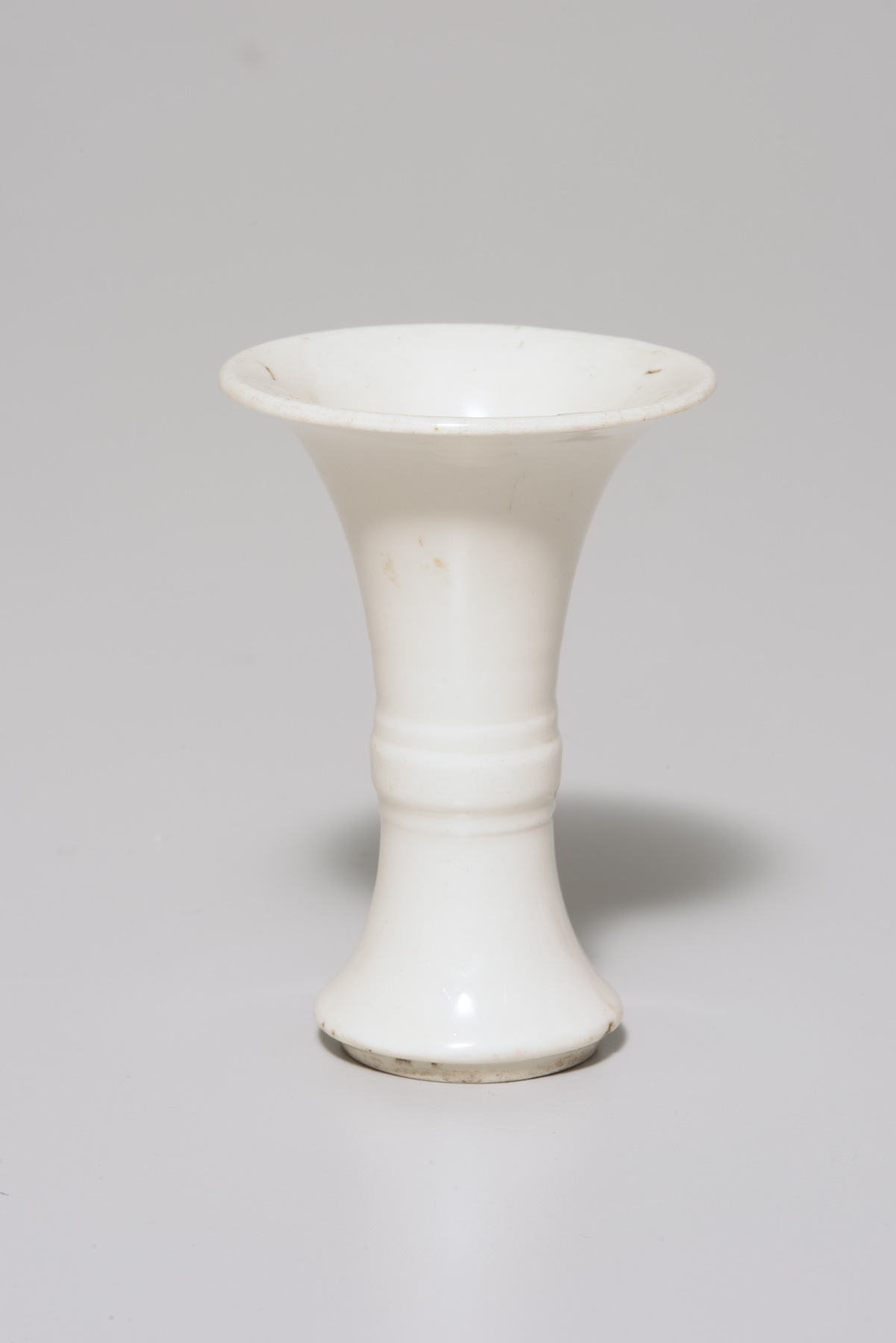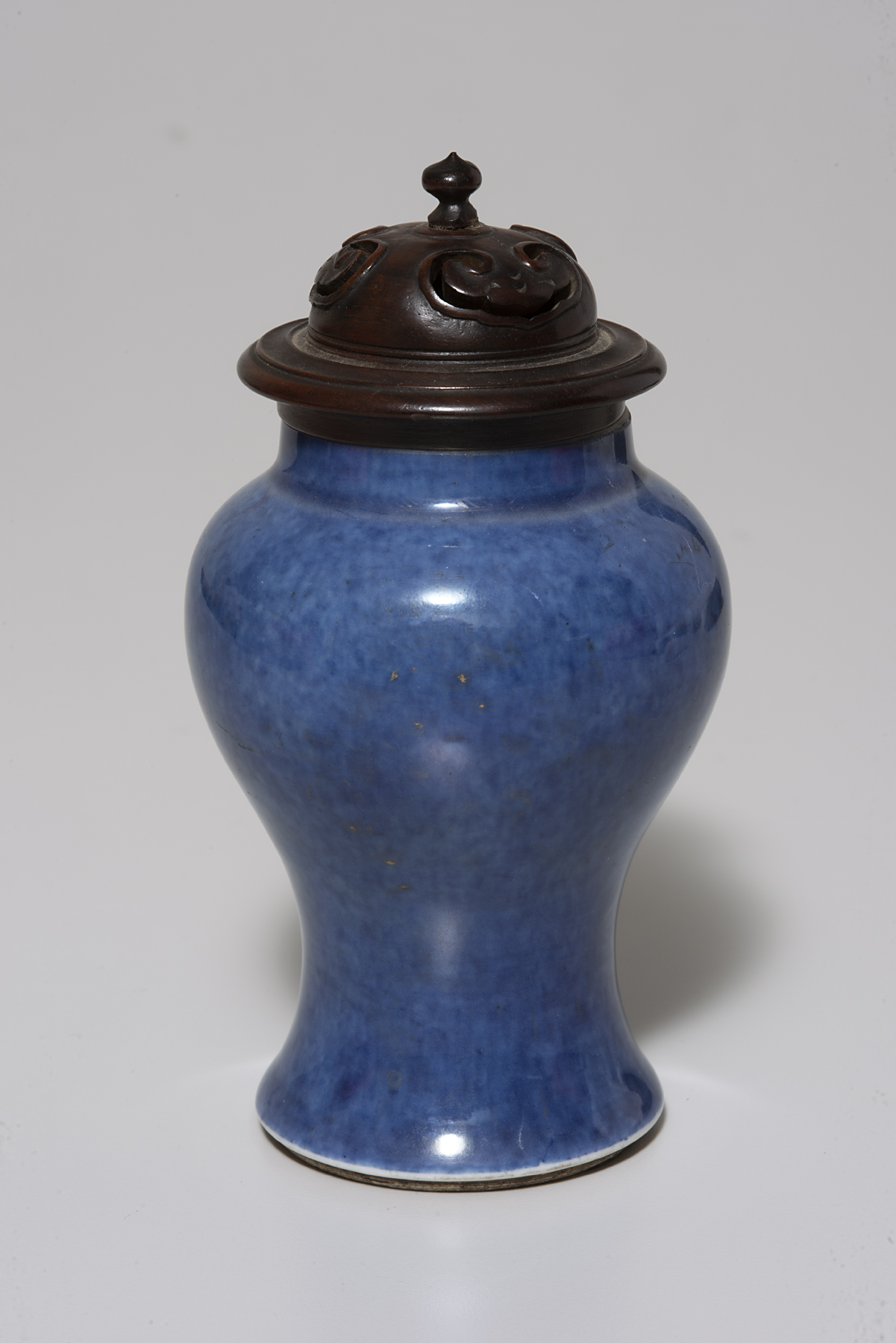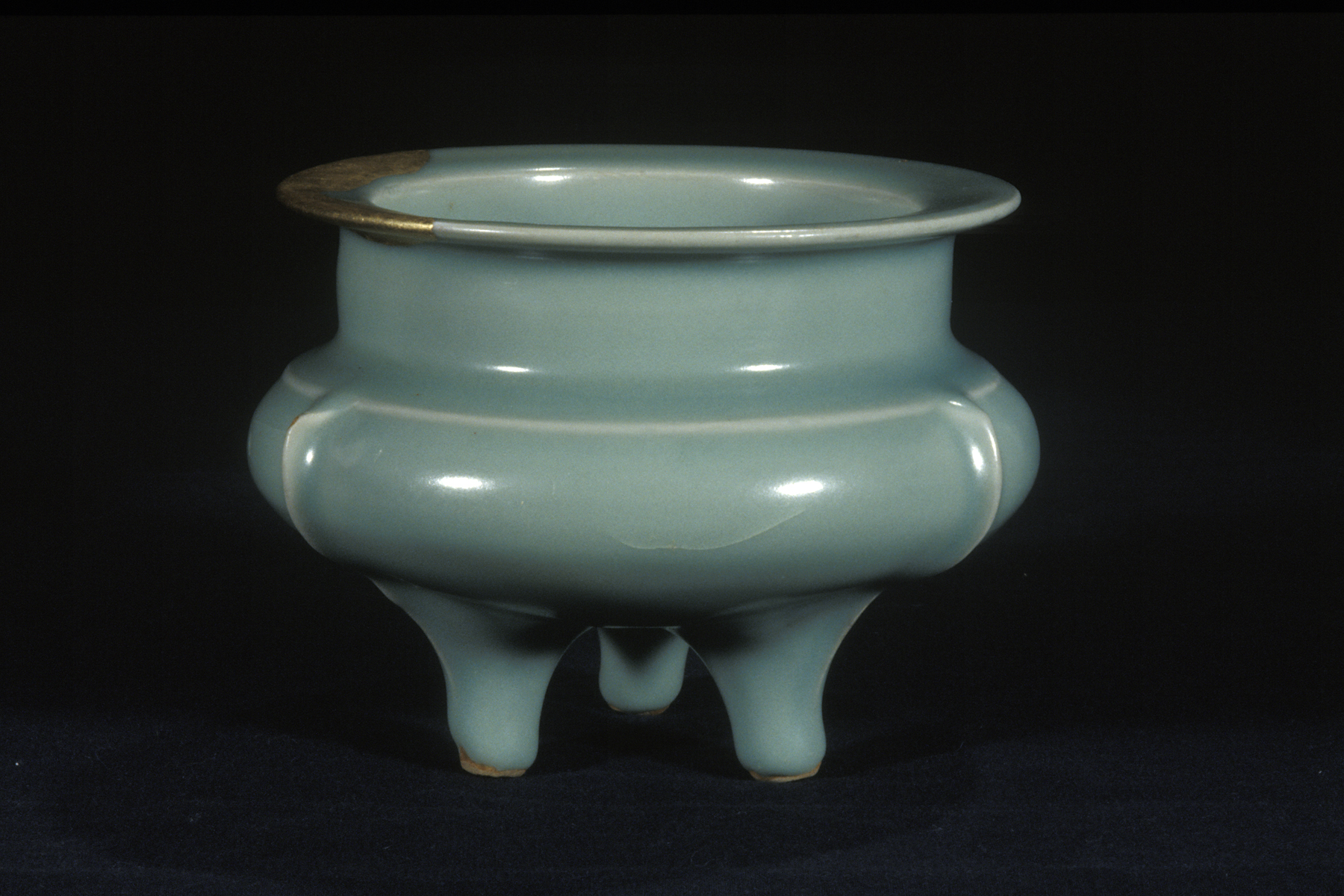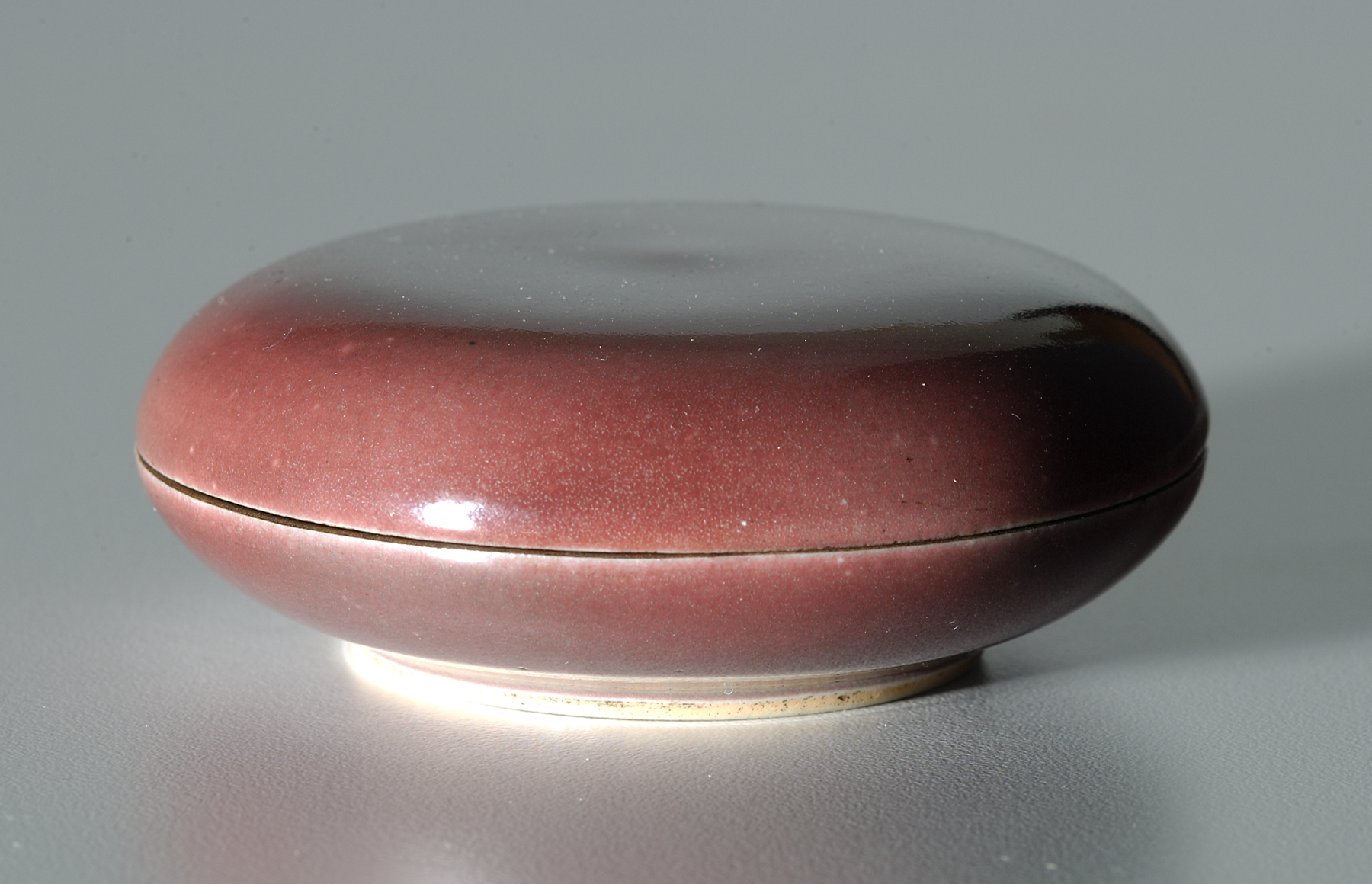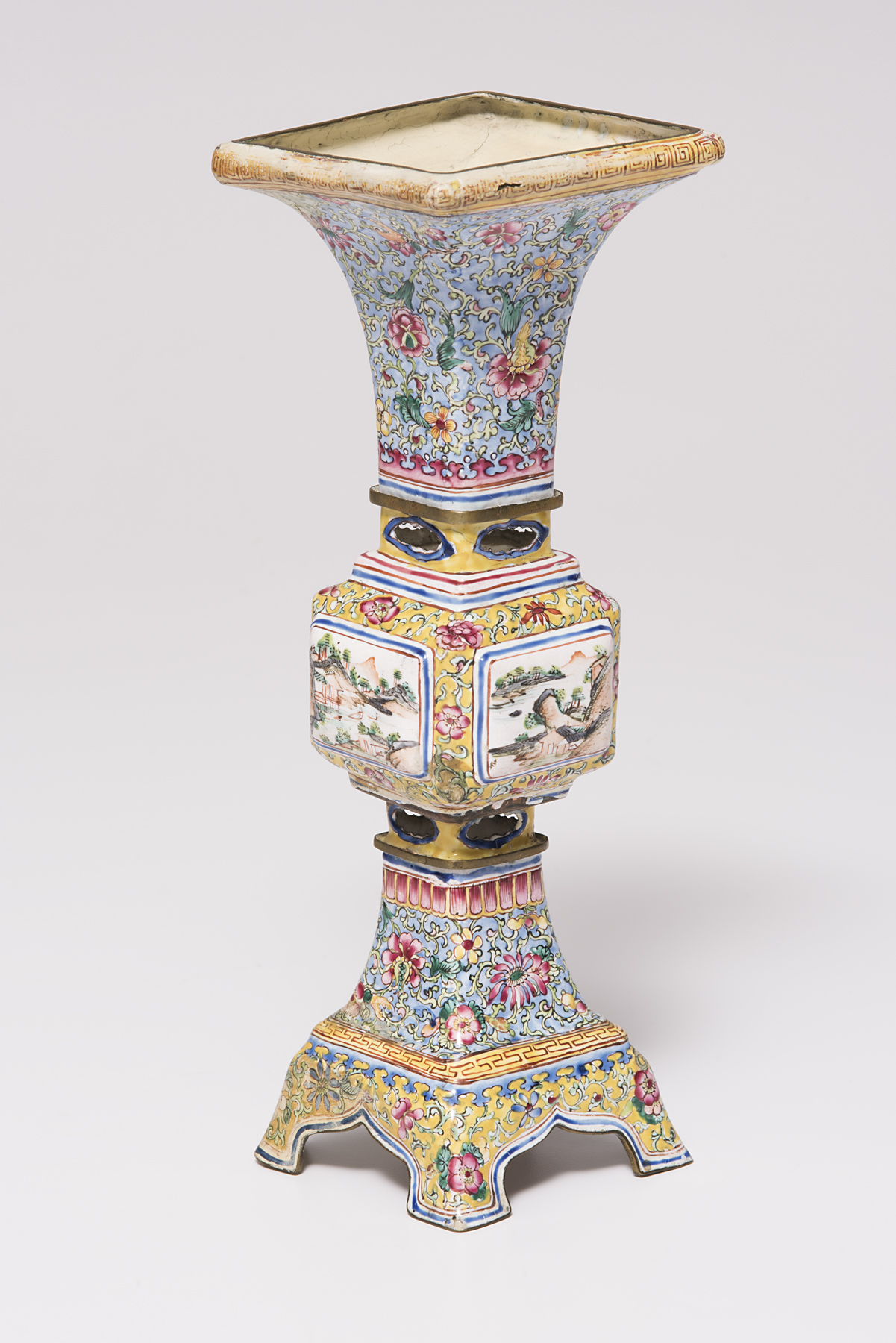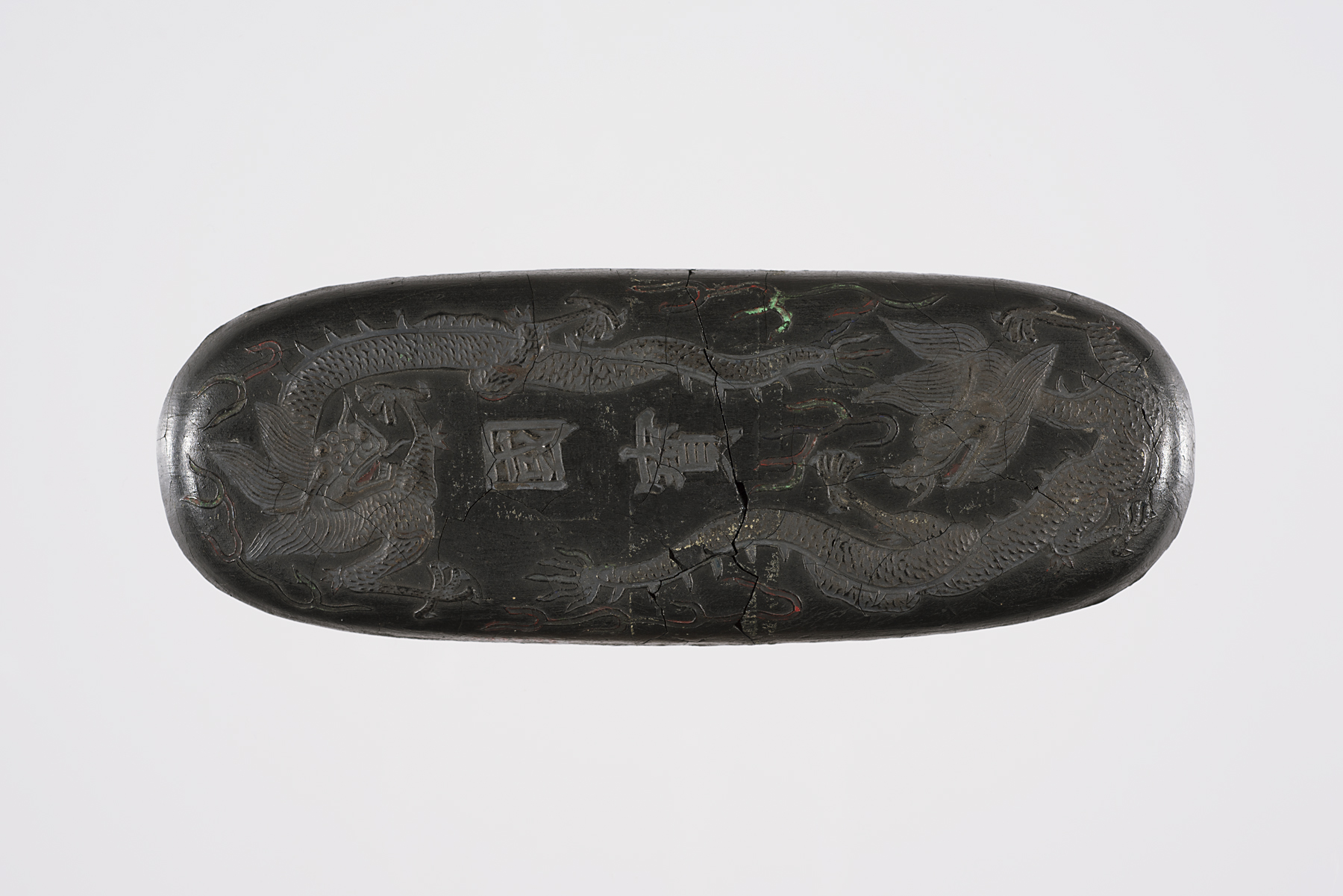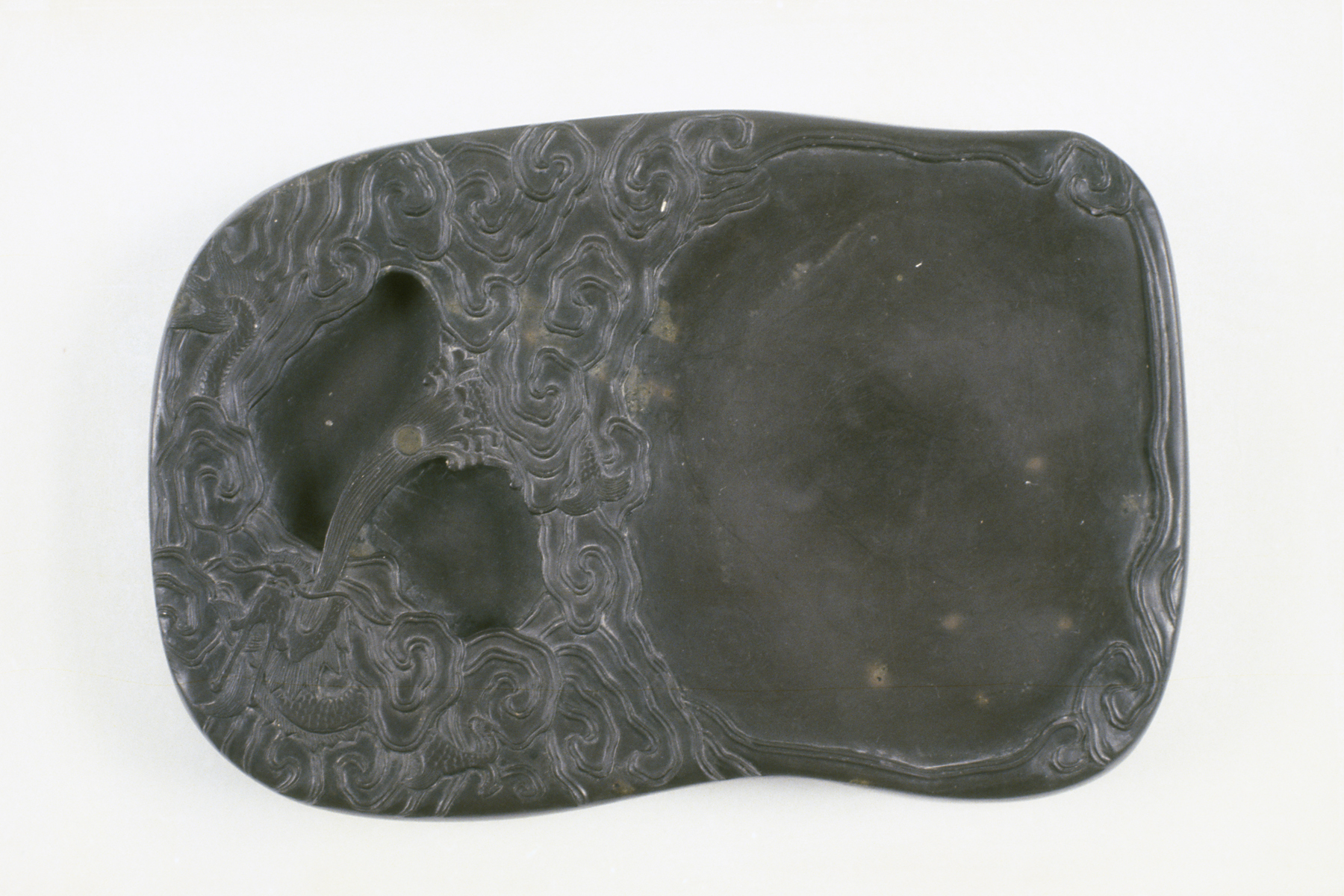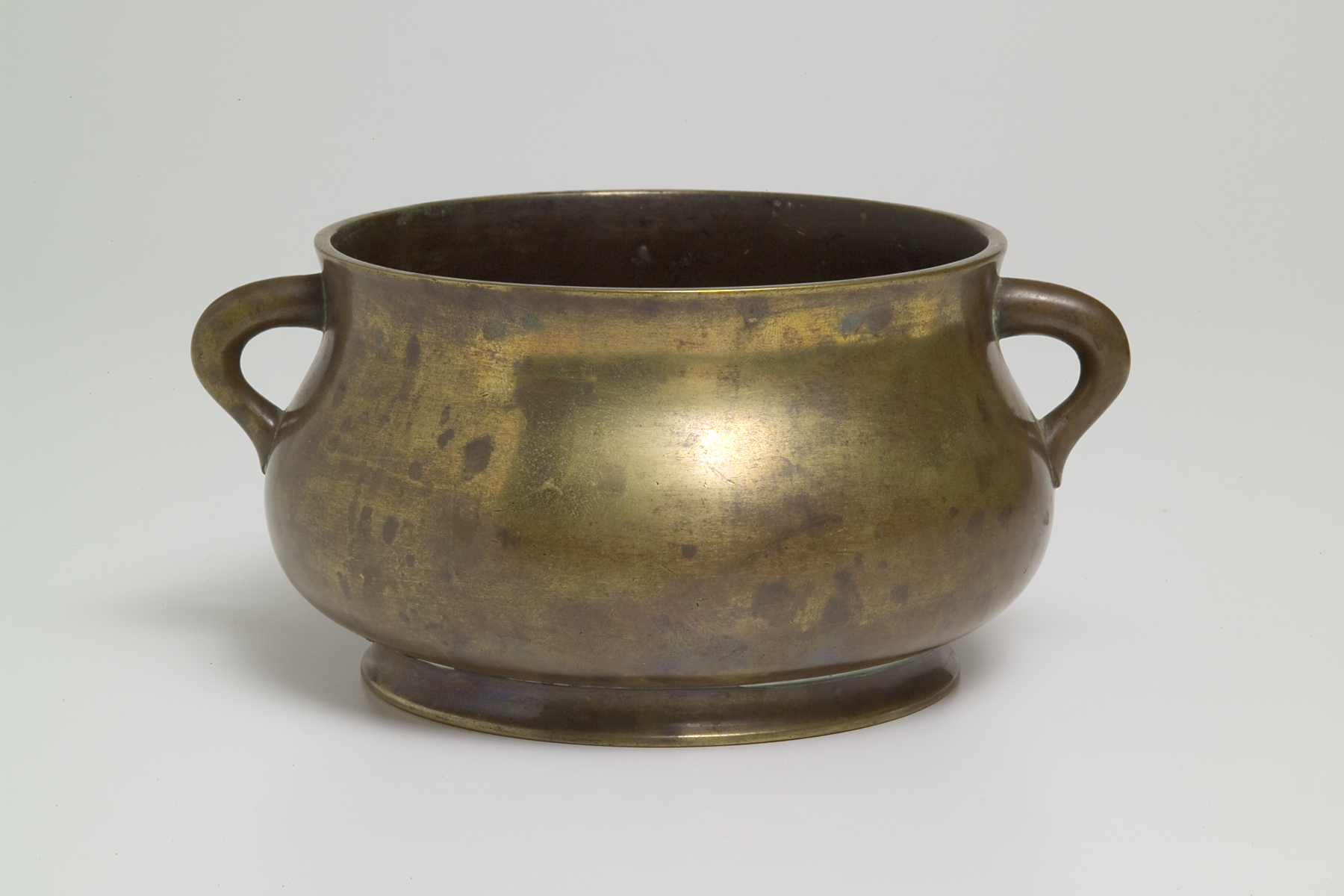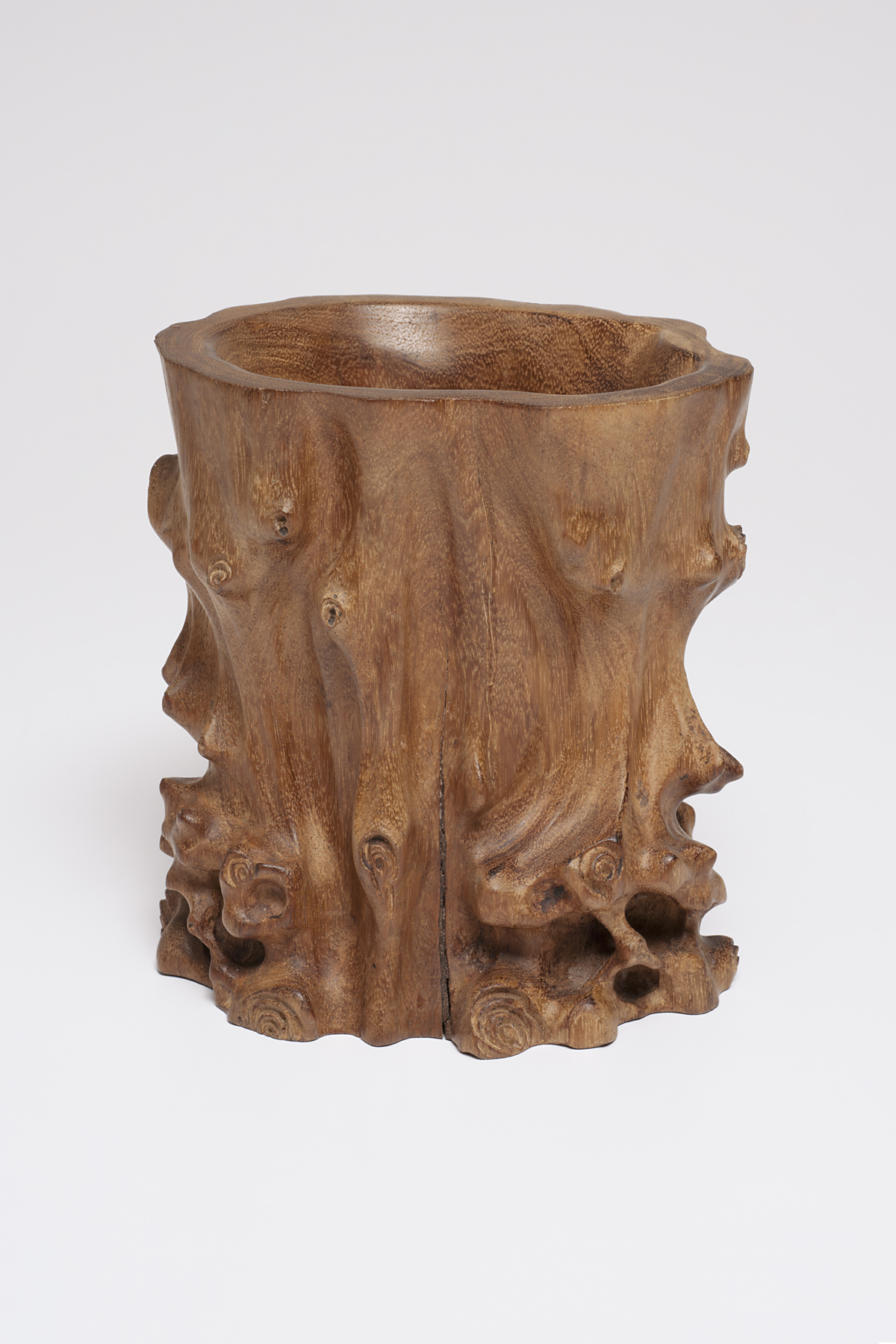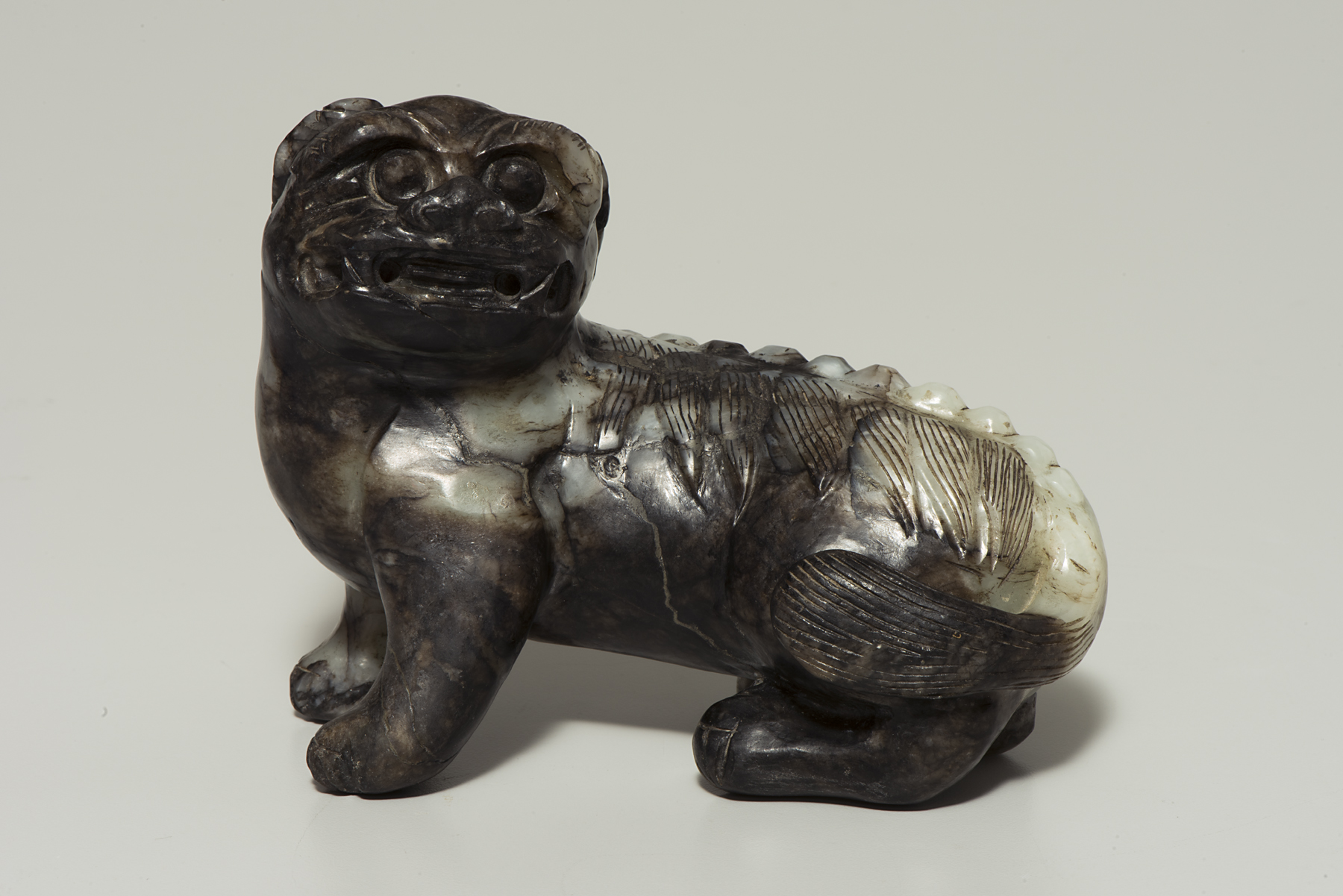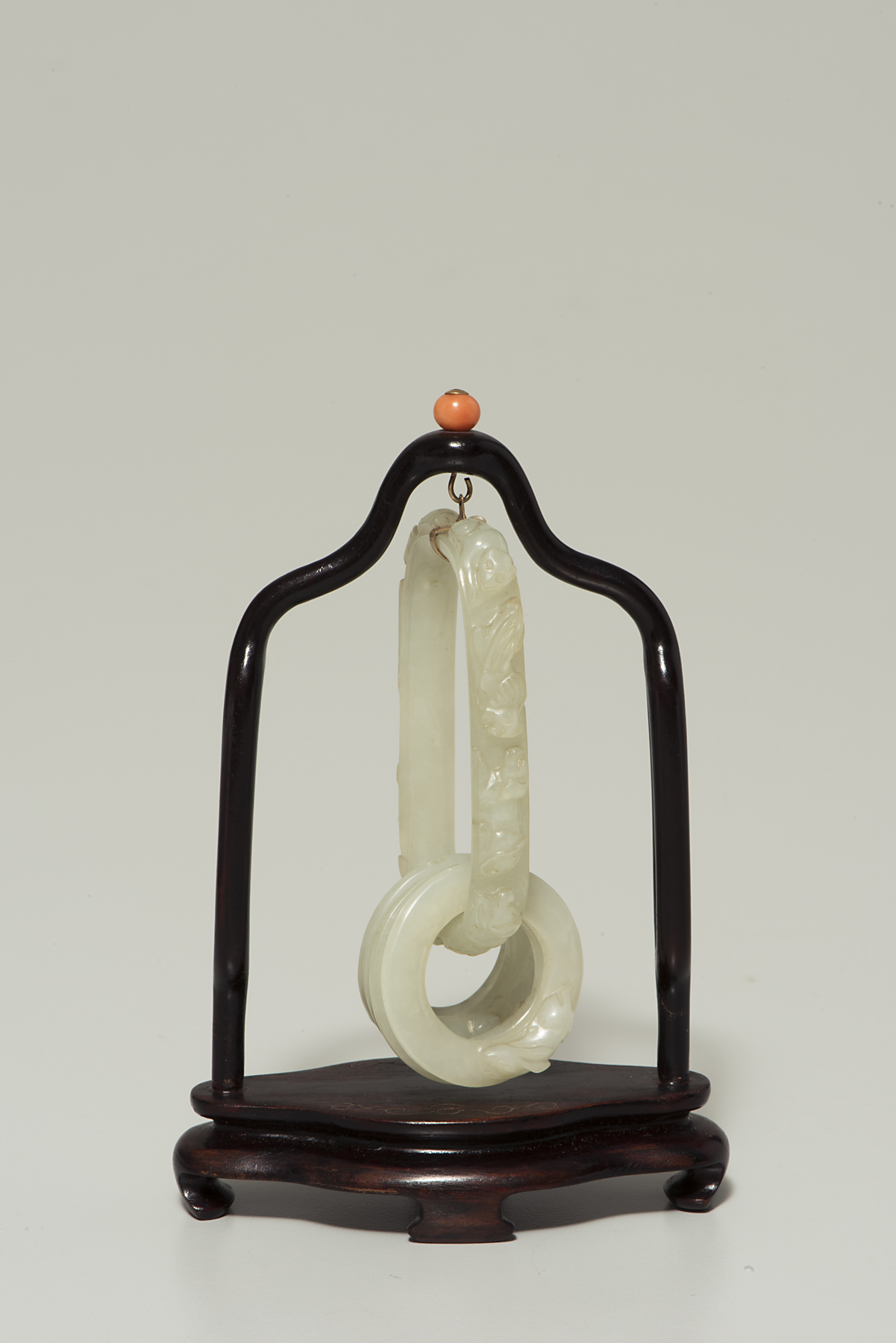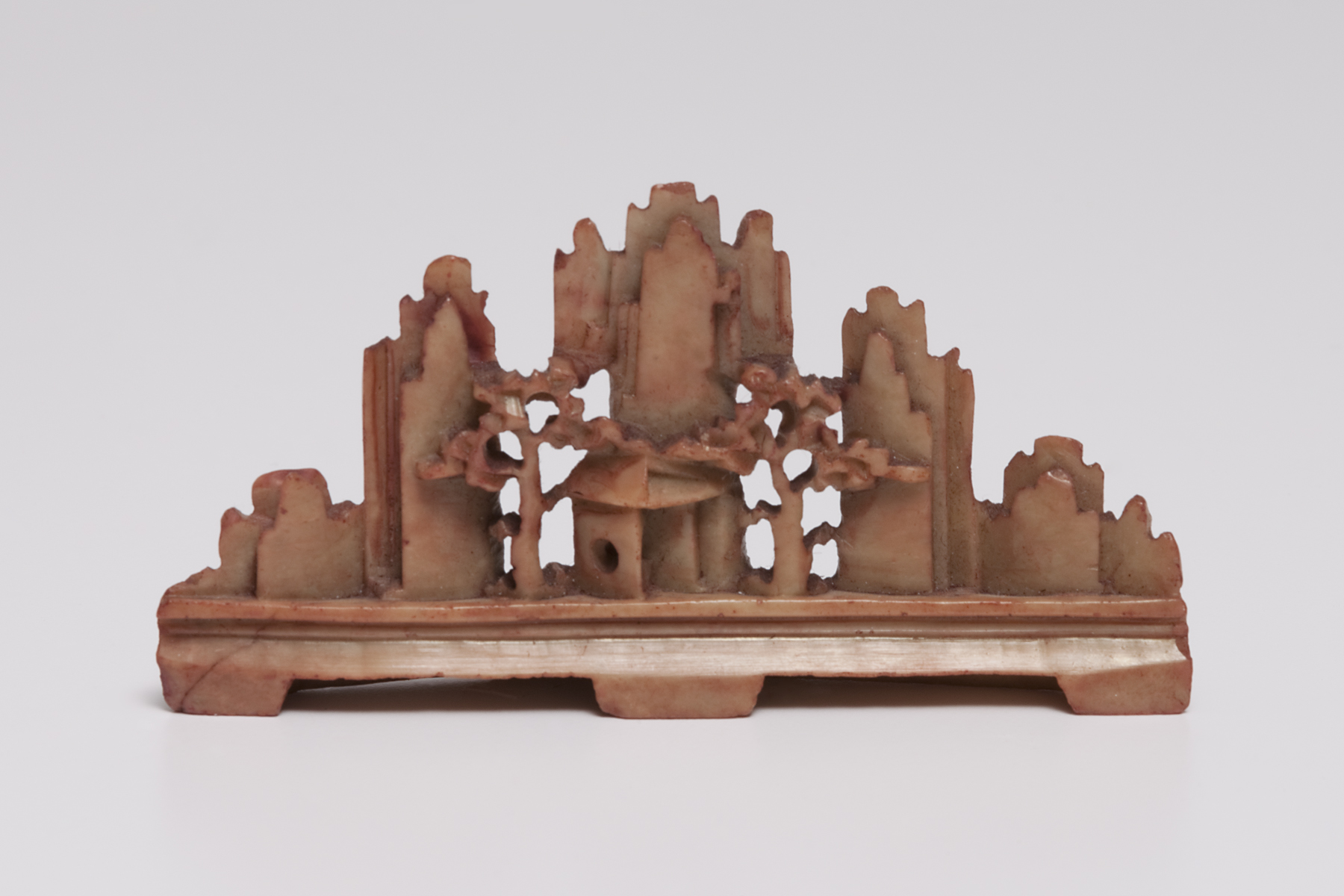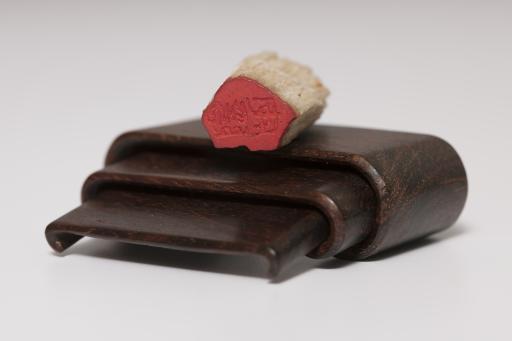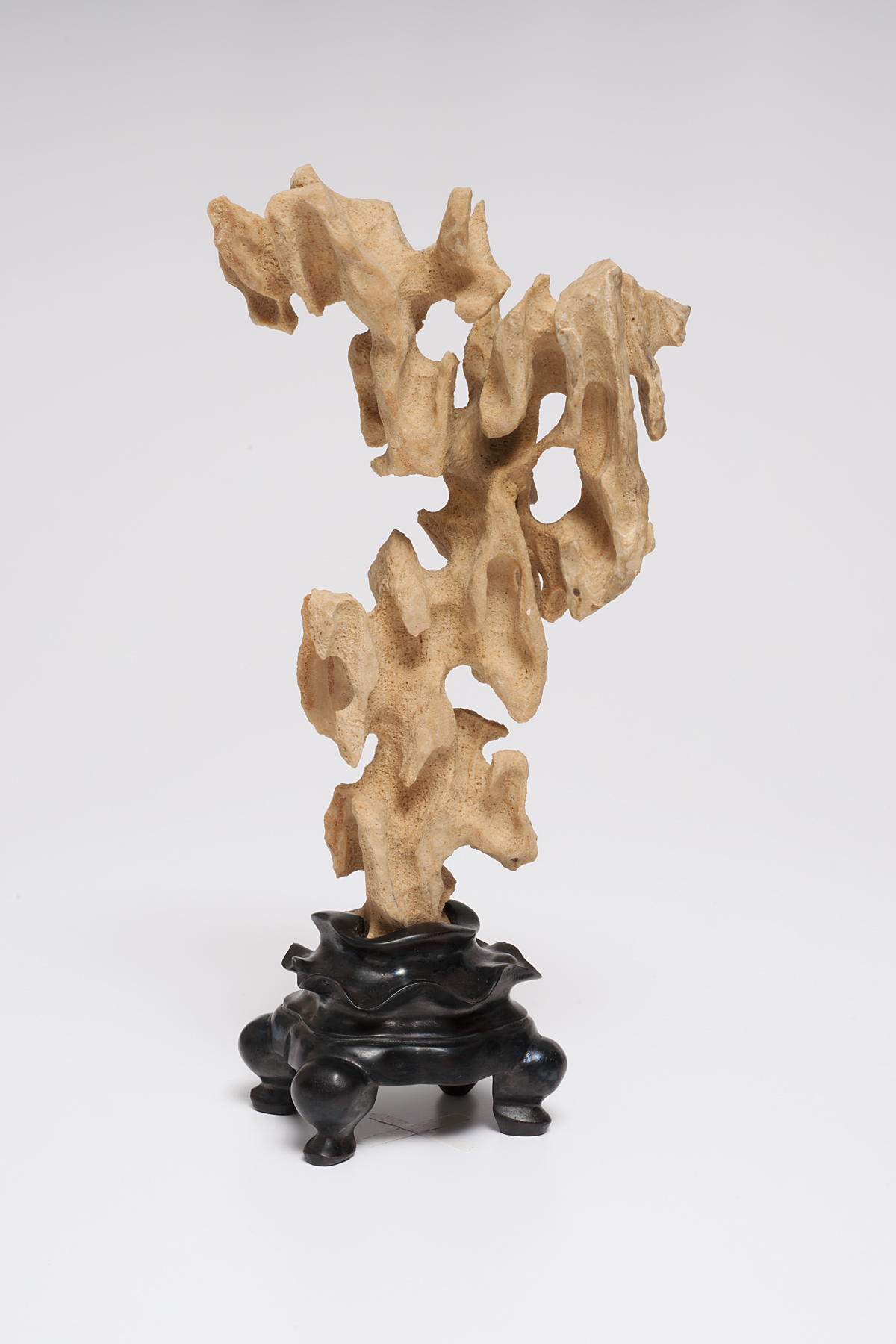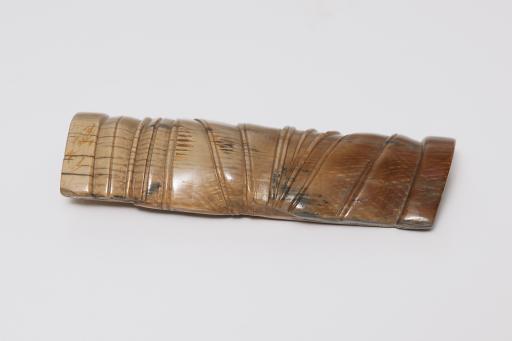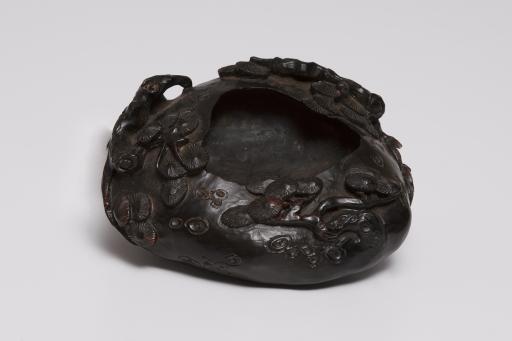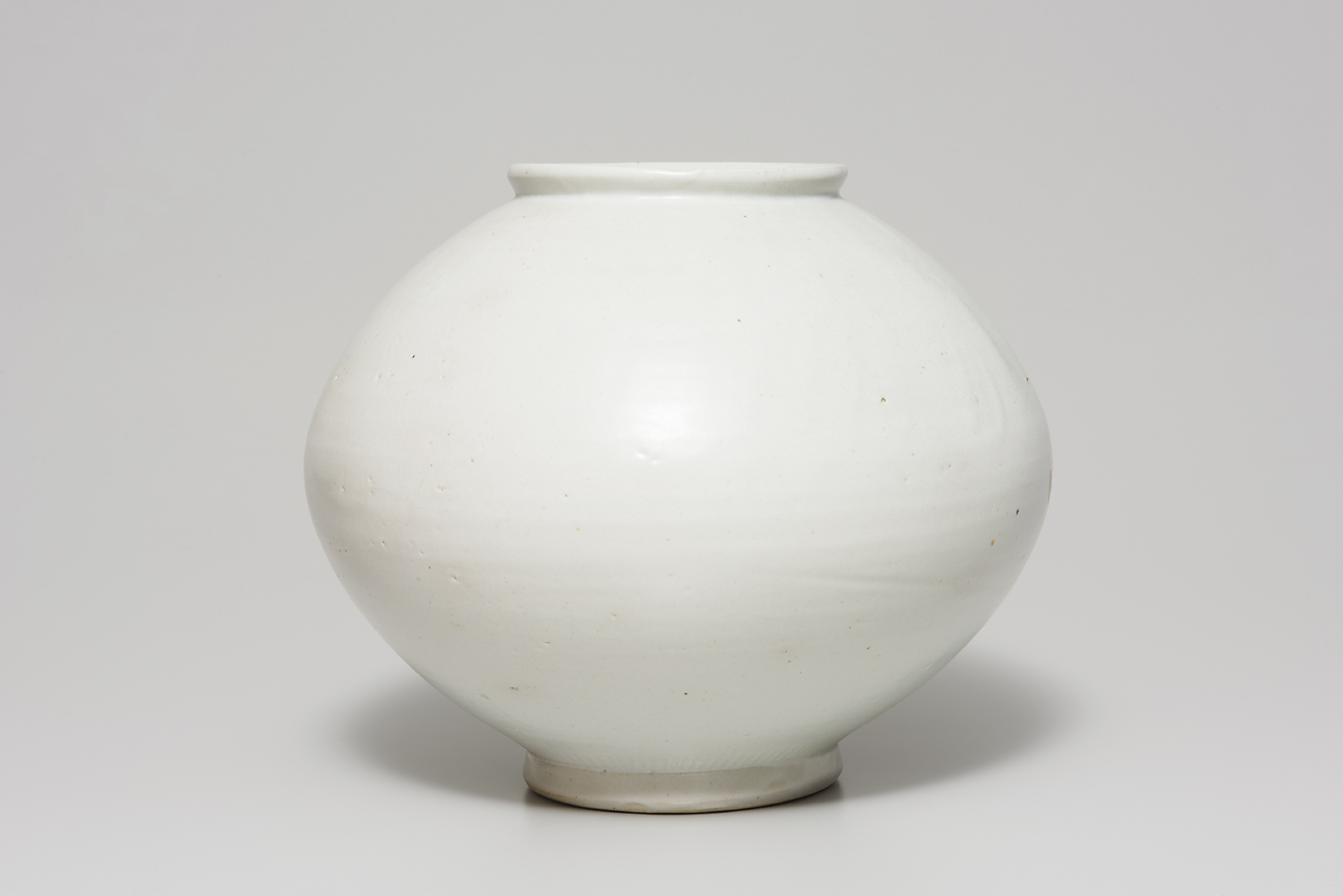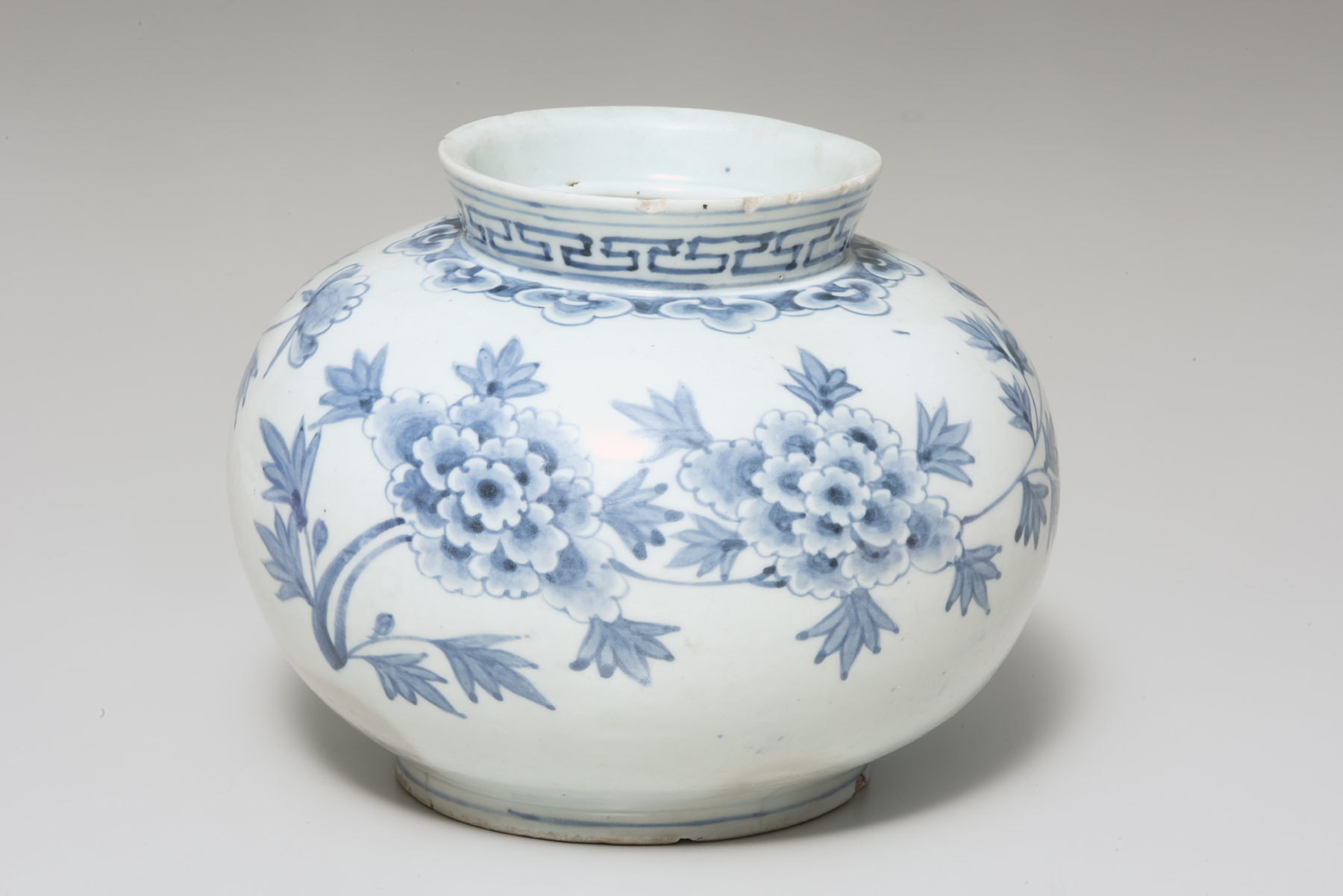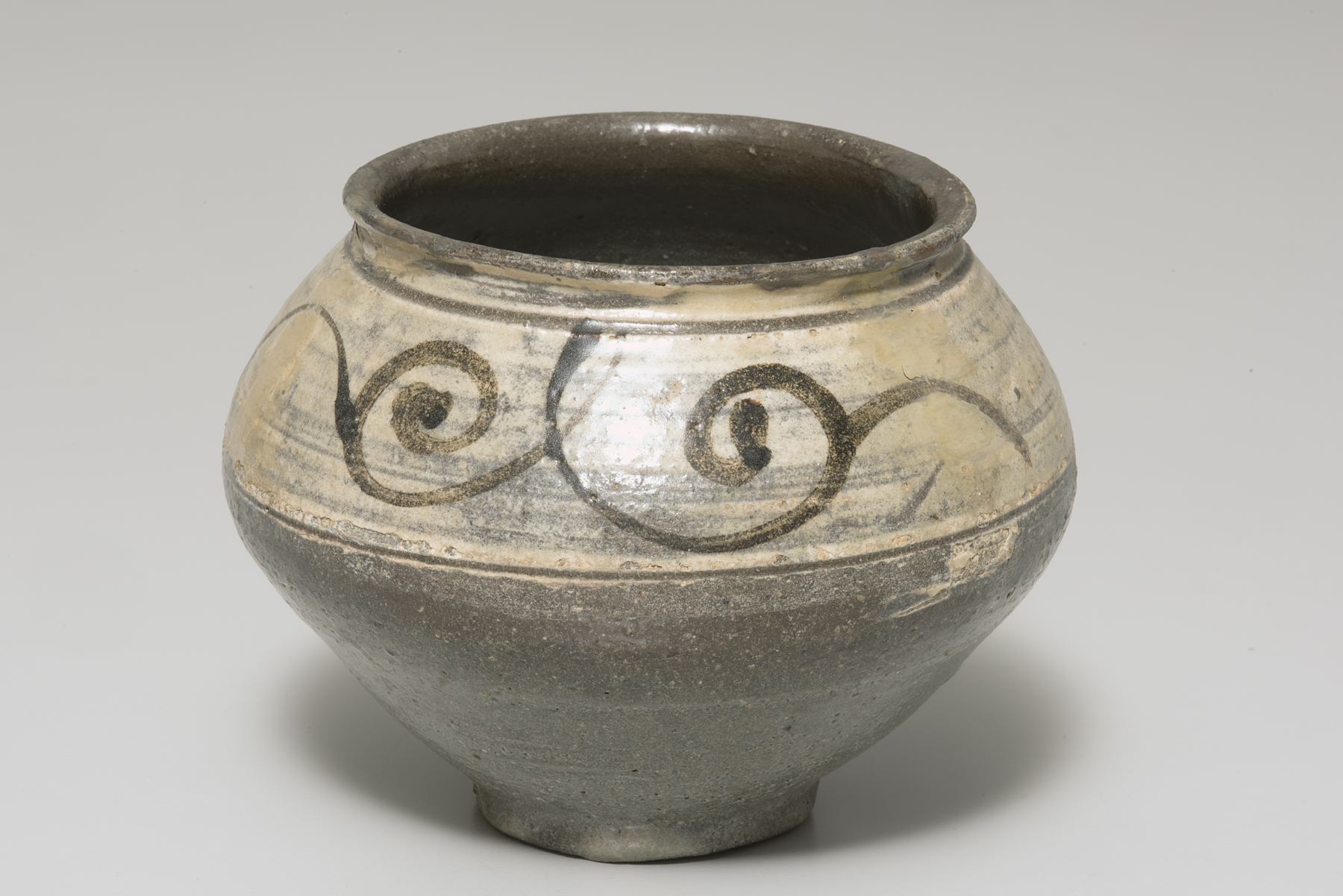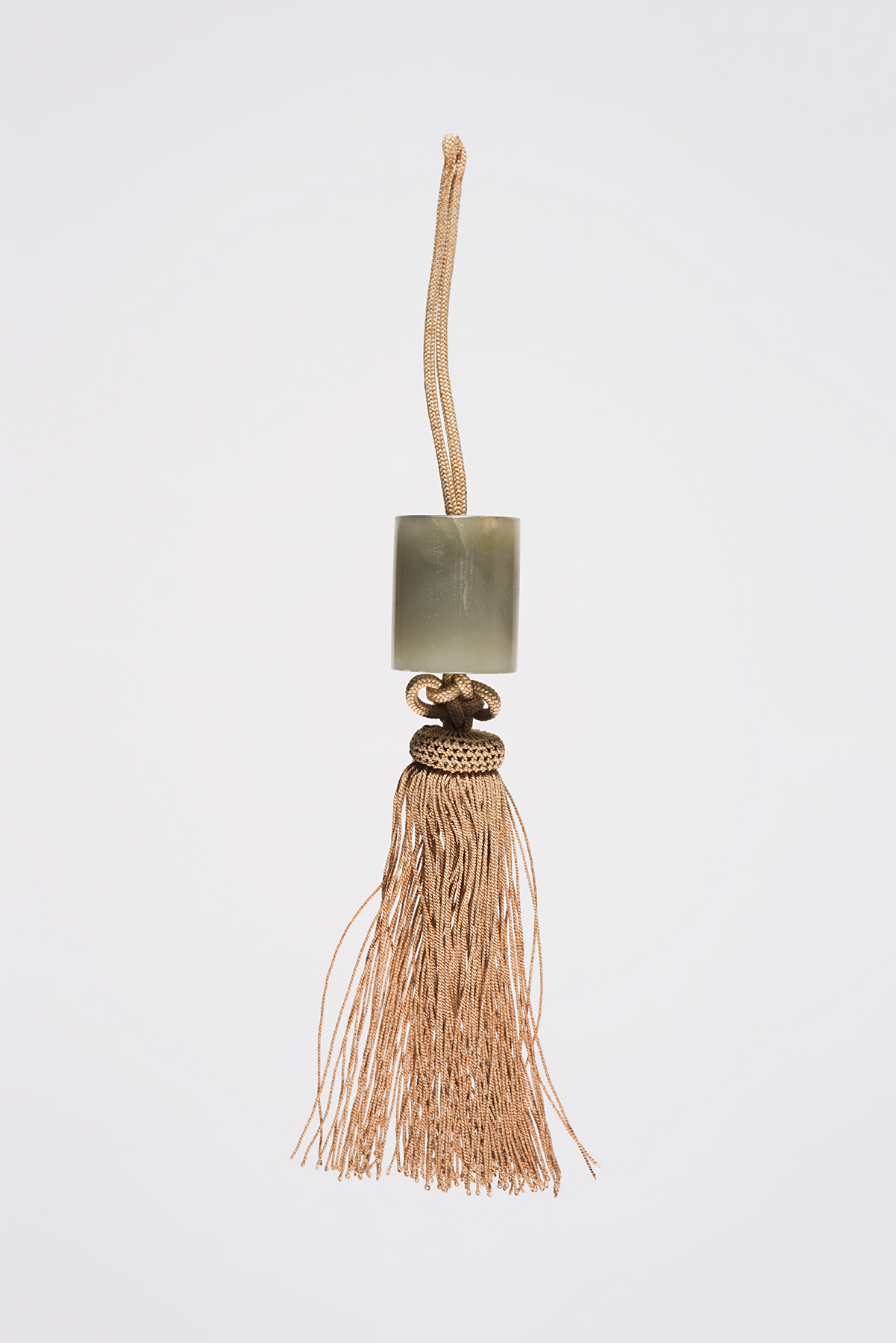The Power and Pleasure of Possessions in Korean Painted Screens
Exhibition Overview

The Power and Pleasure of Possessions in Korean Painted Screens explores the genre of Korean still-life painting known as chaekgeori. Chaekgeori was one of the most enduring and prolific art forms of Korea’s Joseon dynasty (1392–1910), and it emphasizes books and other material commodities as symbolic embodiments of knowledge, power, and social reform. Funded by the Korea Foundation and organized by Gallery Hyundai, all the screens in the exhibition are on loan from private collections and national institutions in Korea.
Complementing the exhibition will be a small installation of SMA Korean art centered around the recently conserved Gwakbunyang hyangrakdo (Guo Ziyi’s Enjoyment-of-Life Banquet, 2015.0061).

